What you may have experienced on the beach before, you start to feel small pieces of plastic between your toes. This is actually an important part of marine debris, you can't see it but you can feel it. A recent scientific investigation found that every kilogram of European sand contains an average of 250
microplastics: fragments smaller than 5 mm. There are even traces of significantly smaller plastic fragments, called nano plastics. Ironically, these tiny plastics cause the biggest problem. All different types and sizes of plastic form a plastic soup.
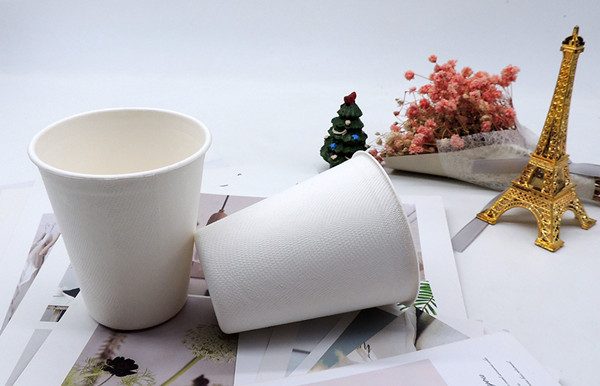 Microplastics in the ocean
Microplastics in the ocean
The world's increasing use of plastics has created large areas of floating plastic waste in rivers and oceans, many of which are broken down into smaller pieces. Our demand for plastic not only has devastating consequences for the ocean, but marine wildlife is also affected by plastic pollution. Fish seem to be inclined to mistake the smell of plastic for food and deliberately swallow it. Because most plastics are not biodegradable, let alone (bio)degraded, it will stay in the environment for a long time. Through various means, such as by eating fish and shellfish, these small plastic fragments enter our food chain and our bodies.
Plastic trash in the world's oceans The world's oceans are blocked by plastic trash, and we are still adding millions of tons of plastic to the ocean environment every year. In the ocean, even the largest plastic fragments can be broken down and degraded by the waves. Ultraviolet radiation from the sun makes the plastic brittle, and the heat and waves cut it into thin slices. Over time, these flakes are further crushed by these elements, become smaller and smaller, and eventually become microplastics or nano plastics. As mentioned above, most of these small plastic particles are non-biodegradable and insoluble in water.
Plastic tiny particles in food
A lot of discussions around microplastics and nano plastics in the environment have been focused on the manufacture of microplastics and nano plastics, but various new studies have shown that these tiny plastic fragments also enter our food chain through, for example, the consumption of fish and shellfish. In addition to seafood, scientists also pointed out other foods, such as milk and honey. These products were accidentally contaminated during the production process. Obviously, in some cases, used machines are cleaned with materials containing plastic abrasive particles. Microplastics are also often used intentionally, so-called "microbeads", especially in personal care products. These will eventually damage the environment and food chain. At the same time, there are still many unclear points about the diffusion of microplastics and nano plastics.
Health risk
So far, scientific research on microplastic pollution has mainly focused on the impact on the ocean. Due to the potential risks of microplastics to human health, the public is increasingly concerned about microplastics and nano plastics. Especially now new research on microplastics shows that these small particles are detected in our food chain. So far, there have been few studies on the presence of harmful substances in microplastics and the health effects of consumption. However, the problem with microplastics is that they are composed of various different types of plastics. In addition, plastic particles are usually compounds, containing (multiple) additives (such as plasticizers), so the composition varies greatly. Because these small plastic particles are light in weight, they can easily fall off and enter water, food or body tissues, causing potential health hazards.
Microplastics are invading our bodies. Therefore, not only for the environment, but only for our own health, it is also very necessary to reduce the use of plastic products instead of using degradable products. To learn more about
biodegradable products, please visit the Hyde website, we are always online to help you out.
Robin Alwine
Market research expert
Senior paper products market research,Senior paper products market research, to provide you with the most authentic product information
Click to contact me
 3190
3190 19
19

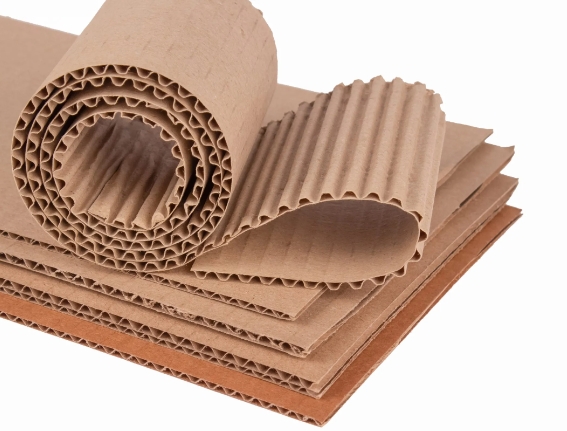 The Diversity of Corrugated Boxes Packaging
The Diversity of Corrugated Boxes Packaging
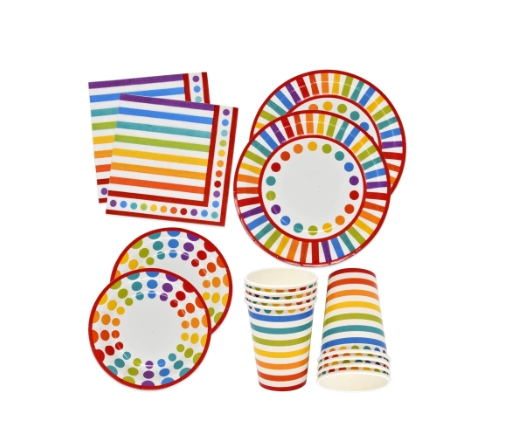 Health Concerns With Disposable Paper Plate Usage
Health Concerns With Disposable Paper Plate Usage
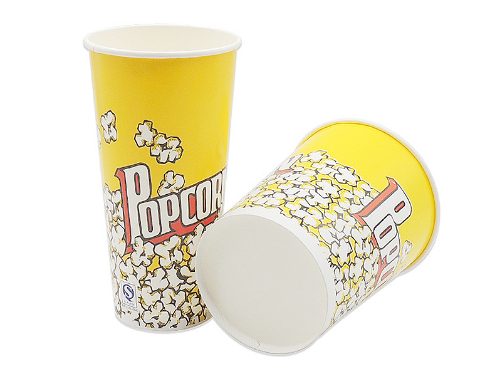 Understanding PE Coated Paper
Understanding PE Coated Paper
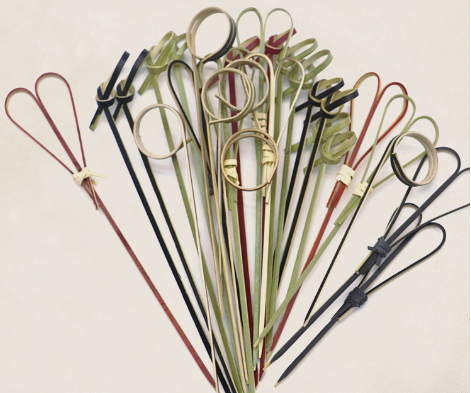 Versatile Bamboo Sticks: Types, Uses, and Benefits
Versatile Bamboo Sticks: Types, Uses, and Benefits